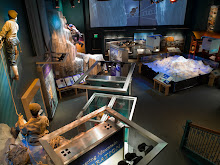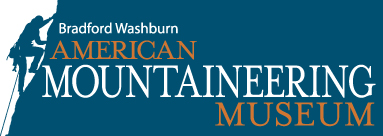Kechu
When Thomas Montgomerie triangulated two new peaks in the Karakoram, he had no idea he’d discovered not only the second highest peak on earth, but also the second most dangerous. And while Karakorum 1 was known locally as Masherbrum, no one seemed to know of a local name for K2. As Fosco Maraini quipped “...just the bare bones of a name, all rock and ice and storm and abyss…it makes no attempt to sound human… it is atoms and stars…has the nakedness of the world before the first man - or of the cindered planet after the last…” so calling the mountain K2 seemed more than appropriate and it stuck.
Superseded only by Annapurna as the most dangerous 8000m peak to climb, 25% of those who attempt the savage mountain perish. Not only is it technically one of the most challenging and committing, its extreme weather patterns can cause deadly delays. Only 302 have successfully summited and at least 77 others have died trying.
The challenges of the mountain make for great story-telling as well. Fatal attempts in 1939 and 1953, a troublesome first summit by the Italians in 1954, and finally the 13 deaths in 1986 and 11 more within hours of each other in 2008 give real-time chronicles of the epics these mountaineers face.
Enter Freddie Wilkinson whose alpinist wisdom and media savvy combined with knowledge of Sherpa culture brings to light what happened during the most recent multiple-fatality day. None of the surviving Western climbers could explain what happened, their memories fogged by hypoxia, exhaustion, and hallucinations. The truth of what transpired lies with four Sherpa guides who were largely ignored by the mainstream media in the aftermath of the tragedy and whose heroic efforts saved the lives of at least four climbers.
Wilkinson’s narrative voice is biting and witty and, while trying not to be too critical of the media’s push for speed over accuracy, he manages to pull the truth of what really occured when a collapsing serac over the Bottleneck severed fixed lines and dragged more than a dozen alpinists down the mountainside.
We’re excited to have the author present these findings in person on Monday, September 13th, beginning at 6 PM in the Foss Auditorium at the AMC in Golden. Reviews are non-stop positive and there’s much buzz not just about Freddie, but about his ability to weave a compelling tale. As one reviewer stated, a lot of climbers write (and not very well) but not a lot of writers climb.


